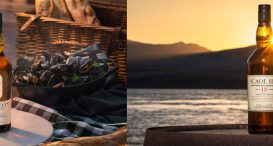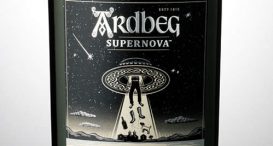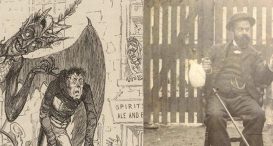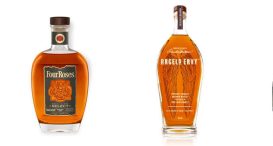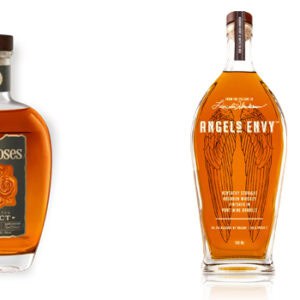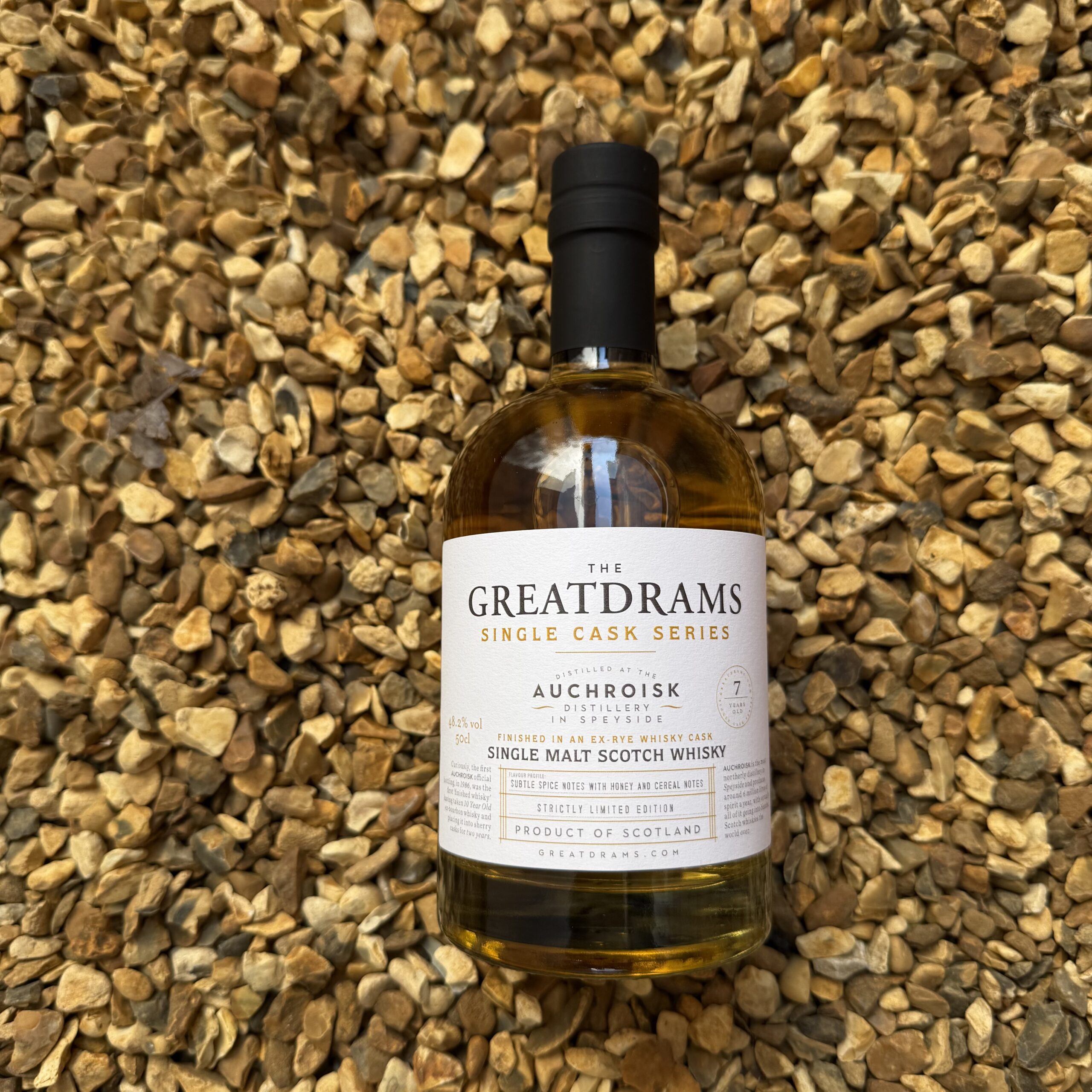Raasay Distillery – Making whisky ‘at the end of the road’
let’s begin
Raasay Distillery is described locally as being in the business of ‘making whisky at the end of the road’. And they’re not wrong. When I visited, from my office in Poynton, Cheshire, it took exactly nine hours door to door to get there and included; a taxi, a plane, a 3.5 hour car ride with one of the Raasay team to get a ferry, then a short drive to the distillery itself.
Once there though, I barely wanted to leave, such was the warmth of the reception from the team and owners at the distillery and the beautiful surroundings you’re treated to every which way you look around this storied island.
The terrain and the incredible geology present on the island is astounding; so many natural lochs, layer upon layer of Jurassic and volcanic rock, each with so many different colours, there’s a ruin of a castle, several abandoned settlements and even wild animals that you simply cannot be bored whilst staying here. The main town is a blend of traditional houses and houses originally built to service prisoners of war during World War One.
The north of the island was depopulated over a number of years taking the population from 2,000 to just 170, and is only now, in the last five years or so, is it being noticed and heard of again, in part due to the distillery being built.
There are issues with making whisky at the end of the road, however, as there is quite literally one road in, one road off the island and one ferry that must handle school traffic, regular commuter traffic, and soon, lorries full of mature whisky that will then travel across the breadth of Skye and along the one road from there to Inverness for onward distribution. A lot relies on these roads, which are struggling under the weight of both expectation and actual traffic.
When I was travelling along the road from Inverness to Skye, going nearly the whole way round Loch Ness, we ere held up by 40 minutes by two lorries transporting a mobile home in two pieces to the new owner. Naturally this meant we missed our ferry, which in turn meant I got to visit the Talisker Distillery which I had been meaning to visit for over half a decade.
Those infrastructure and transport issues fade away to the back of your mind as soon as you’re unpacking your case in one of the guest rooms conveniently located next to the visitor centre at the distillery when you realise just how thoughtfully designed this whole place is, how well it nestles into the surroundings and how embedded the distillery is in the community already.
Speaking of community and island life, the distillery employs around 15% of the island’s 170 population, and that’s a big deal for three reasons:
- It will make things a lot easier to get done if the island are behind the distillery
- It creates much needed jobs
- It gives kids a reason not to head off to the big city, instead staying to work in a fun, cool and interesting industry like whisky
Whilst I was there in January, the founders of Raasay and the core team were previewing the work in progress liquid that will form their inaugural release towards the end of this year. How did they do that? They invited the island in to the distillery to sample it and to talk to them (and me) about island life, just as they did when Dave Broom opened the distillery in 2017, to ensure they are taking the island on the journey with them.
The distillery itself has been designed to be modern and operate both manually and automatically, yet laden with and respectful of tradition giving you a fusion of worlds, of cultures, of moments in time that all work harmoniously to deliver something very special indeed.
Alasdair Day, Raasay’s Co-Founder, takes great pride in walking me around the distillery, bouncing between process nuances and details clearly excited about his ‘baby’ and the legacy he is building with Bill Dobbie on the island.
The Raasay distillery came about when a group of lifelong friends were sat together over an après-ski drink in Courcheval in the French Alps, somewhere I spent many years myself skiing when I was growing up. Bill, a highly accomplished man told the group that he wanted a business that was was a tangible product and that he wanted to leave a legacy instead of ‘just’ his wildly successful tech and financial businesses. With that, the seed of an idea and a vision was born.
They actually took years designing the distillery, starting with a blank sheet of paper to get it designed and set up exactly how they wanted it to be; with all manual operations on the first floor and all automated processes on the lower level. The detail on the control panel monitoring absolutely everything took me aback, with buttons for everything – even the lights in the mash tun, and control data on screen for reference against the live data.
There are so many design details that are unique and interesting about the still room, but a couple of them really stand out;
- The cooling jacket on all the washbacks to ensure maximum control over the fermentation process so as not to kill the yeast but instead to foster a very slow five-day fermentation, one of the longest in the industry, as they want to extract all the flavour possible from the yeast – this leads to dark cherry and black currant flavours… fun fact; only three distilleries in Scotland are using cooling jackets on their washbacks
- The stills are effectively deconstructed carter head stills, and they also have cooking jackets on to build up fusel oil and its effect on the end spirit
- The spirit safe is one of the most gorgeous I’ve ever seen
And in the warehouse the sense of control and of experimentation is again incredible.
In all, there are three warehouses on the island for maturing spirit into whisky, one dunnage and one racked and one that will be the distillery’s bottling hall. This is the first Scotch whisky distillery I’ve visited that do not use ex-Bourbon casks for the bulk of their maturation, instead maturing their spirit between three different cask types; ex-rye casks, ex-chinquapin and ex-Bordeaux wine barrels, and the spirit that goes into them for maturation is split between being unpeated and heavily peated.
Why do they distill both in relatively equal measure? Because that gives them control over how peated their whisky releases are between core range and limited editions, although the house style will be lightly peated with berry fruits and smoke notes. Effectively having these two spirit types maturing in three different cask types gives six whisky types to blend together for a very dexterous array of flavour profiles in future releases.
The spirit samples I tried in the warehouse – both peated and unpeated and too young to be called whisky – showed a hell of a lot of maturity and depth of flavour for its age.
My notes from the WIP whisky: BBQ smoke coupled with grassy notes, lovely red berries, embers, gorgeous wine notes, a playful nose with flavours that dance as you take it in. Palate all about the berries and the grapefruit, lovely medium smoke note with cereal notes and some peat power. Lovely. Balanced. Fruity and spicy. Bitter dark high cocoa, chocolate and muted smoke on the finish.
Back in the distillery and the rooms are very comfortable, with a welcome dram on on arrival, the continental breakfast was superb, the wifi very fast and an honesty bar downstairs where you can sample a number of gins, whiskies, rums and beers and just note down what you had so it can be added to your bill on checkout.
All in all a fantastic distillery, doing good for the island it inhabits and one well worth visiting and spending good time at.



